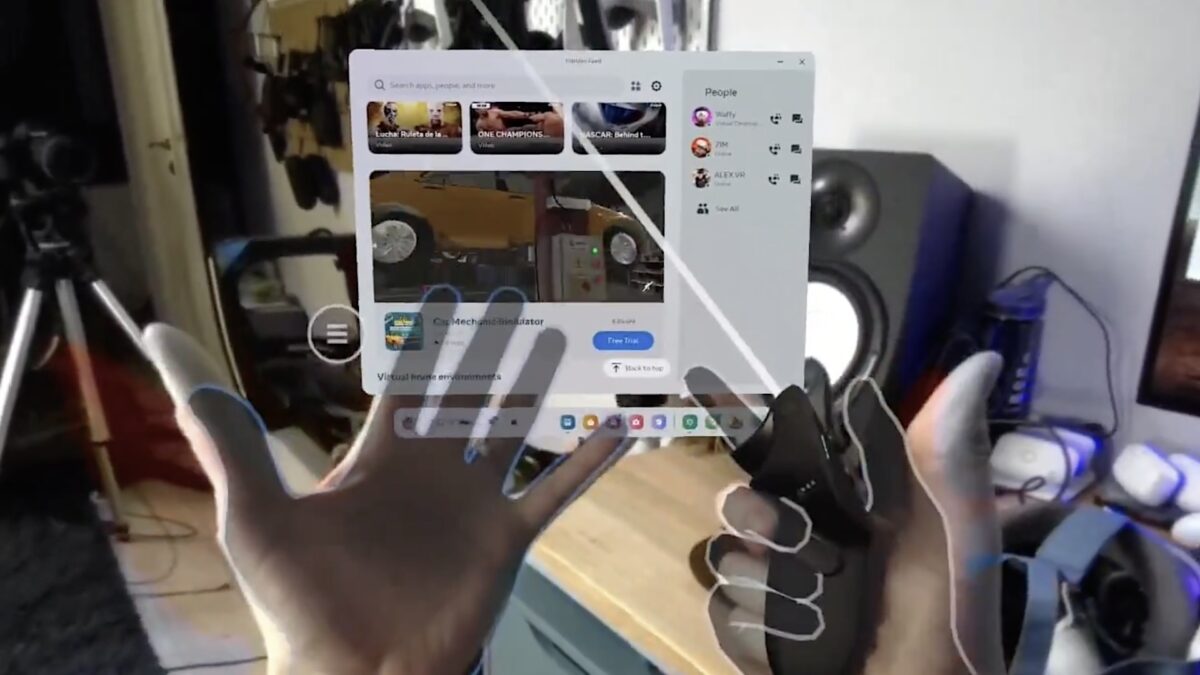Meta Quest 3 gets two new hand tracking features with Multimodal and Wide Motion Mode.
The latest version of the Meta XR Core SDK (v62) introduces two hand tracking features that developers can now implement in their Quest Store and App Lab apps: Multimodal (MM) and Wide Motion Mode (WMM).
MM supports Quest 2 with Touch Pro controllers, Quest Pro, and Quest 3, while WMM supports only Quest 3. Unfortunately, MM and WMM cannot be used together.
Multimodal
MM allows simultaneous tracking of hands and controllers. Previously, the headset could track either the controllers or your hands, but not both at the same time. When using MM, automatic switching between these tracking modes is disabled, as is the ability to switch to hand tracking by double-tapping the controllers.
Mixed interaction with hand tracking and controller tracking is finally active on Quest!
What is the best way to use it? pic.twitter.com/uOXyjlcEim- Tyriel ᯅ (@Tyrielwood) February 16, 2024
MM has a number of benefits:
- Users can use a controller in one hand and hand tracking for the other hand, giving them the best of both worlds: a controller for precision and haptics, and hand tracking for immersion.
- Switching between controller tracking and hand tracking is now instantaneous, eliminating the problem of a slow or failed transition from one tracking mode to the other.
- Now that hands and controllers are tracked simultaneously, apps can show where the controllers are in the room, making it easier to find and pick up devices in fully immersive applications.
Multimodal has some limitations. It is incompatible with
- the upper body tracking of the Quest 3,
- Fast Motion Mode, which was introduced in summer 2023 with Hand Tracking 2.2,
- Tracked keyboards, and
- Wide Motion Mode, which is discussed in the next section.
Wide Motion Mode
WMM expands the tracking volume of the hands by using the upper body tracking of the Quest 3 in the background. If the hands are outside the field of view of the tracking cameras or are obscured by objects, the position of the hands is estimated based on the tracked arms.
Social apps and interactions that require wide arm movements (swinging arms, throwing objects, or reaching for a virtual backpack or arrows) benefit the most from WMM.
As mentioned above, WMM is incompatible with MM.
